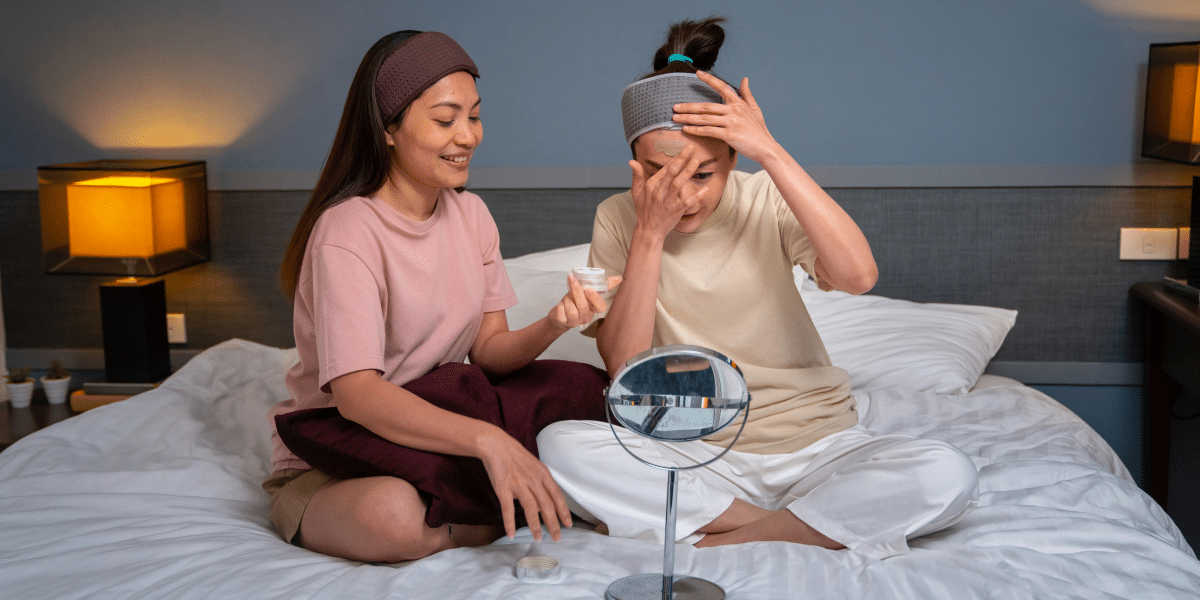By: SEO Mavens
Ample hydration is the cornerstone of healthy, vibrant skin, but the endless skincare products can make proper skin nourishment seem daunting. Amid all the choices, a crepe skin cream is just the tip of the iceberg. Products that target dryness and work to improve skin texture come in many forms, but it’s crucial to understand what your skin needs explicitly to maintain its hydration. Have you ever seen your skin look unusually dull or observed an increase in visible wrinkles? These are common signs of skin dehydration that you shouldn’t ignore. It’s essential to take early action to restore skin hydration and prevent long-term damage. Below, let’s explore various aspects of skin hydration, from recognizing the signs of dehydration to integrating effective treatments and lifestyle habits into your everyday routine.
Key Takeaways
- Understanding the signs of dehydrated skin and the importance of maintaining skin hydration.
- Exploring the benefits of various ingredients in hydrating body treatments.
- Practical advice on how to incorporate hydrating body treatments into your skincare regimen.
The Science of Skin Hydration
Your skin is an intelligent organ with layers that protect against environmental assaults while retaining vital moisture. The outer layer, known as the stratum corneum, functions as a barrier and comprises cells and lipids that keep moisture in and irritants out. A compromised skin barrier can result from environmental factors, harsh skincare products, or aging, leading to moisture loss that can cause or exacerbate skin dehydration. Hydration supports your skin’s immune functions, elasticity, and overall health, making it not just a cosmetic concern but an essential aspect of skincare. When your skin is well-hydrated, it can also better fend off irritants, pollutants, and bacteria you encounter daily. This is why choosing the proper hydrating treatments is not an indulgence but a vital step in skin care and protection.
How to Choose the Right Hydrating Treatment
Navigating your options when choosing a hydrating treatment can sometimes feel overwhelming. The right product for you should feel comfortable on your skin and meet its specific requirements. For instance, those with sensitive skin might require fragrance-free, hypoallergenic options; those with oily skin might prefer gel-based treatments that hydrate without clogging pores. Consider your current skincare regimen and how a new product might fit. Some treatments are designed to be used with other products for maximum effectiveness, while others are best used alone. Product labels and descriptions can be valuable resources; they provide instructions on integrating a product into your routine and what complementary products it works well with.
Integrating Hydration Into Your Skincare Routine
Regularly incorporating hydrating treatments into your skincare routine can quickly improve the quality of your skin. For premier results, apply these products on slightly damp skin after cleansing to help trap moisture on the skin’s surface. You can consistently use a luxurious cream, lightweight serum, or deeply nourishing oil for daily morning and night rituals. Over time, your skin will retain moisture better, appearing healthier and more resilient. However, hydrating products are just one step in the broader skincare routine. It is essential to use other complementary products, such as sunscreen, during the day to protect your skin from UV damage, which can worsen dehydration and cause different skin issues.
Lifestyle Adjustments for Improved Skin Hydration
While topical treatments are essential, they’re only part of the solution. Skin hydration is just as affected by your lifestyle choices as by the creams and serums you apply. Adequate water intake is vital – though it may sound cliché, drinking eight glasses a day can improve your skin’s hydration from the inside out. Nutrition also plays an important role. Foods rich in omega-3 and omega-6 fatty acids can support skin health by reinforcing your barrier, retaining moisture, and keeping irritants at bay. Avoiding substances that might dehydrate you, like caffeine and alcohol, in excess is another critical consideration. Regular exercise that increases blood flow can also help nourish your skin cells, improving overall skin health. Sleep, an often-overlooked factor, is crucial since your skin goes through a repair process while you rest.
Timeline for Seeing Results from Hydrating Treatments
Patience is vital when it comes to skincare. Results from using new hydrating products typically may only appear after some time. Skin cell turnover can take several weeks, and for your skin to truly adjust to a new product and begin showing significant changes can take a similar amount of time. That’s why giving a new treatment a fair trial of at least a month to six weeks is essential before deciding on its effectiveness for you.
Keep an eye on how your skin feels and looks over time, and adjust as necessary. Sometimes, tweaking your routine or product choices can make a big difference.
Maintaining Long-Term Skin Health
Maintaining a hydrated complexion isn’t a one-time event – it’s a continuous commitment. Overcoming any initial dehydration is just the beginning. To keep your skin smooth and supple, establish a consistent skincare regimen that nourishes and protects. Be mindful of changes in your skin over time, and adjust your approach to hydration as needed. After all, your skin’s needs can change with age, lifestyle, and even the seasons. Investing in your skin’s hydration is an investment in its future health. Daily attention now can lead to substantial benefits, helping you maintain a youthful and radiant complexion for years.
Published by: Martin De Juan


















